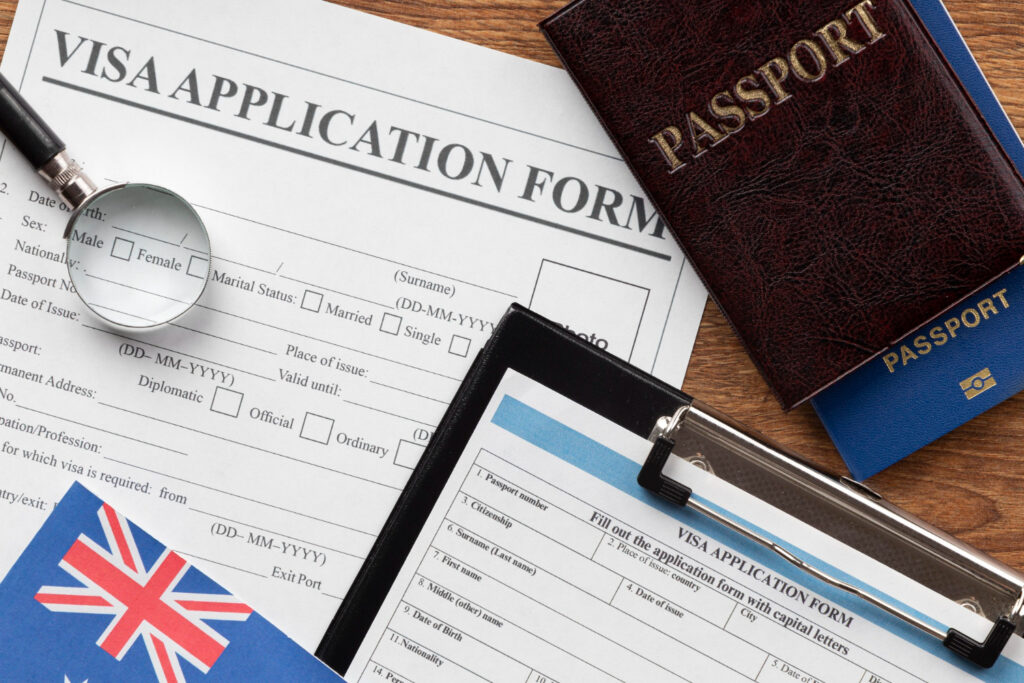Individuals seeking visas, residence permits, or citizenship in the UK typically incur associated fees. Over the past two decades, these fees have seen a noticeable hike. To illustrate, indefinite stay applications that were once free now carry a £2,400 price tag. Despite objections from migrants and businesses about exorbitant rates, further fee escalations are slated for October 2023. The government’s strategy involves pricing above the operational costs of applications to support the broader immigration and border control infrastructure. Often, application charges combined with health surcharges can amount to several thousands of pounds.
Diving deeper, the immigration health surcharge stands at £624 annually for visas and extensions. Additionally, an employer might pay up to £1,000 annually for work permits. As of now, a five-year work visa is approximately £7,000, while a partner visa for two-and-a-half years is £3,400.
While these charges are substantial, certain groups, like asylum seekers or those applying through the EU Settlement Scheme, may be exempted. Also, those financially constrained in family or child citizenship pathways may be eligible for fee waivers.

The Rationale Behind the Fees
The Home Office’s stance, shared by many governments, is that primary beneficiaries of the immigration system, i.e., the migrants, should shoulder its expenses. The department’s UK Visas and Immigration division has a goal to gather double the amount spent on application processing, using the surplus for departmental overheads and the Border Force.
However, revenue isn’t the sole concern. The 2014 Immigration Act allows fee determination to consider economic growth, along with the value offered to migrants and other variables. The government’s intention is to harmonize economic growth with sufficient funding for the immigration framework.
A Historical Perspective on Fees
Until 2003, costs for visa extensions, work permits, and settlement were non-existent. Initial visas and citizenship came with modest fees, e.g., a student visa was £33.
The Blair administration began imposing fees surpassing processing costs to underwrite broader immigration tasks. Subsequent governments embraced this approach, introducing the health surcharge in 2015 and the employer levy in 2017. Consequently, revenue from immigration fees surged from £184 million in 2003 to £2,200 million in 2022, excluding the £1,700 million from health surcharges and £600 million from employer levies.

Impending Fee Changes
In July 2023, the government publicized that both primary fees and the health surcharge would undergo an increase. As of 4 October, the rates for work and visit visas will rise by 15%, family visas, settlement, and citizenship by 20%, and student visas by 35%. This implies the fee for settlement will escalate to £2,900 from the current £2,400.
Additionally, the health surcharge will witness a 66% increment to £1,035 annually, though the effective date remains undecided and might extend to 2024.
Comparative Fee Analysis
Compared to several developed nations like Canada, Germany, France, and the USA, the UK’s immigration costs are considerably higher, as observed in a 2021 report by the Royal Society. It’s essential to note that this isn’t a direct comparison, given the UK’s upfront health surcharge versus other nations’ ongoing health premiums. However, even excluding the health surcharge, the UK Skilled Worker visa remains significantly pricier than its counterparts in the studied nations.
Source: https://commonslibrary.parliament.uk/research-briefings/cbp-9859/











